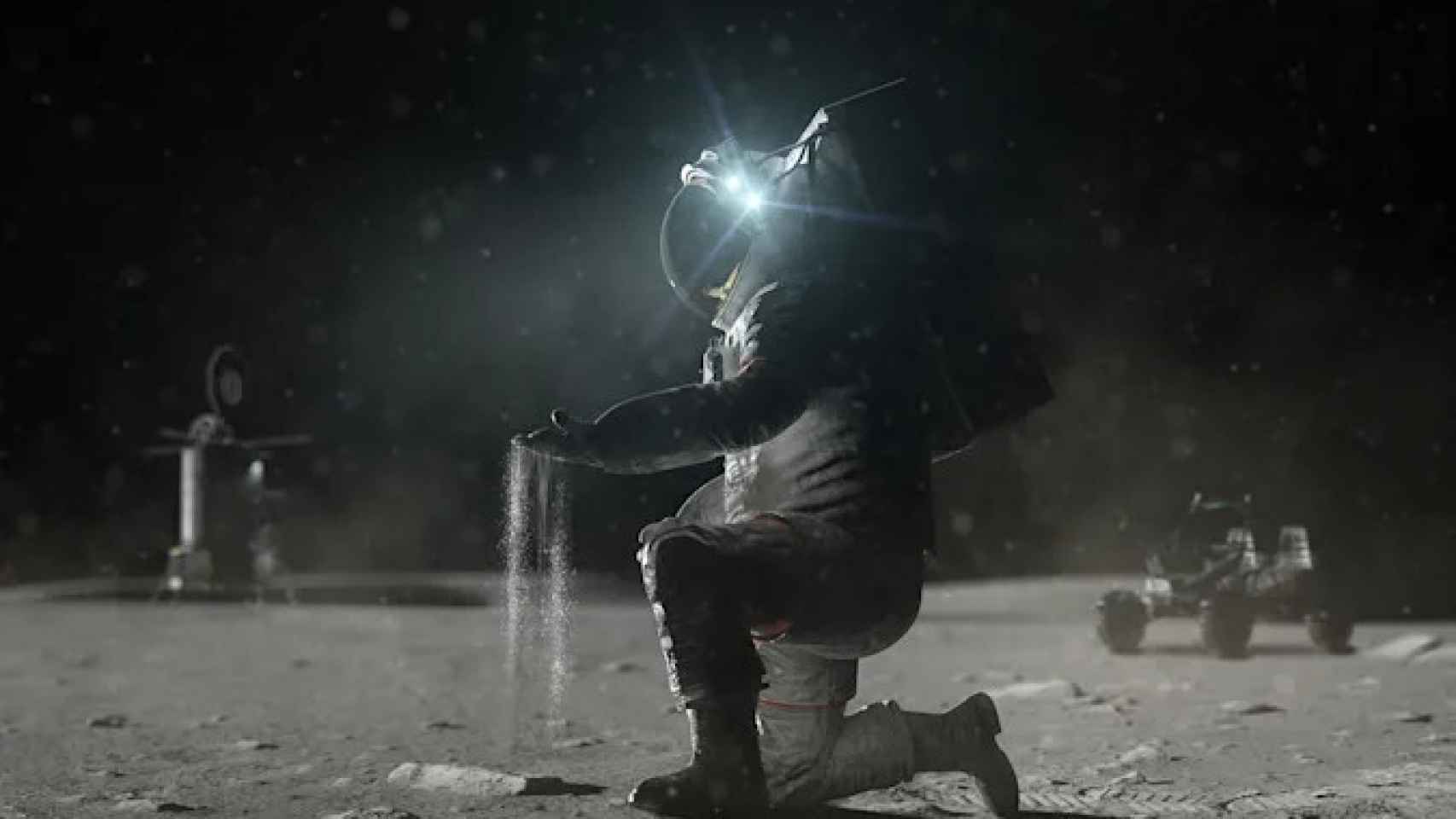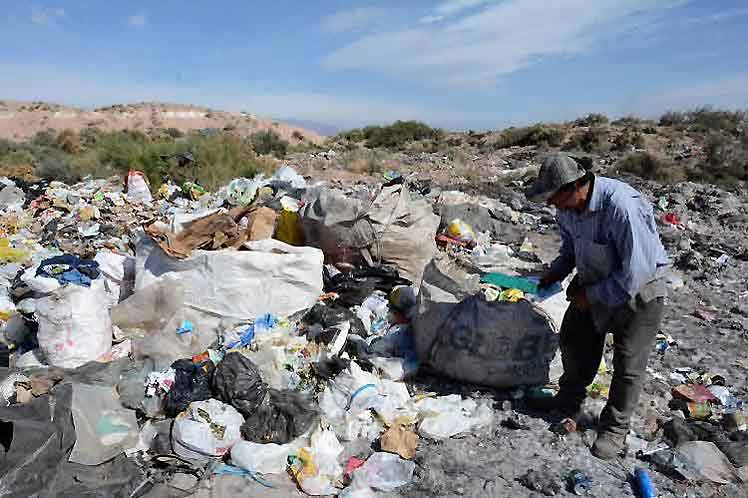Marcelo Colossi
Latin Press Contributor
In other words: widespread poverty, a lot of violence, and corruption. And of course banana production. Or the production of “candy,” as he called it: fruits, coffee, and sugar.
With socio-economic indicators similar to those of sub-Saharan Africa, structural problems are turning almost all of their countries (Guatemala, El Salvador, Honduras and Nicaragua) into a virtual time bomb.
High rates of malnutrition, illiteracy, lack of employment opportunities, famine wages, disability, corrupt conditions and lack of basic services, as well as a series of historical factors that we will see below, make this region a particularly unsafe place.
Some Central American cities (San Pedro Sula, San Salvador, Guatemala, Tegucigalpa) are among the most dangerous in the world due to alarming levels of crime.
National averages of homicides per day: 15, 20, 25, indicating regions at war.
In 2020, these rates have dropped dramatically, due to forced confinement brought about by the COVID-19 pandemic. But the violence did not disappear. Although it decreased last year, it remained quite high compared to other regions of the world, including countries that were at open war.
In fact, these are not declared war conflicts, but in fact societies that live in perpetual “war”.
Extreme poverty is a breeding ground for crime
It is not new that extreme poverty acts as a breeding ground for crime. Added to this background of chronic poverty is massive migration from the countryside to the cities (it is estimated that at least 30 people per day in each country make this internal migration). This creates uncontrollable stresses in large urban agglomerations—populations of between two and three million—disrupting the productive capacity of indigenous communities and producing uncontrollable processes such as marginal neighbourhoods.
Currently, a quarter of the urban population of Central America lives in so-called “marginal” areas, without basic services, dangerous, and not at all friendly, often in conditions of conquistadors on public lands. Worst of all: With no immediate solution in sight, with an existing health crisis making the situation even more complicated.
In the large urban centers of the countries of the region, sharp separation of these precarious neighborhoods is common, and they are generally considered “red zones” (due to their danger, where “no one, not even the police”), on the one hand and on the other hand, ultra-luxury sectors Protection that is difficult or impossible to reach for the ordinary citizen (places with mansions with swimming pools and helipads, can be compared with the best palaces of the so-called First World).
Walking the streets or navigating public transportation has become dangerous. Rural areas are equally unsafe and violent: any point can be the scene of robbery, rape and assault. As a pathetic example: sexual abuse of women was not uncommon on buses.
Criminal violence has become so common that it is not surprising; On the contrary, she has been somewhat underestimated, accepting herself as a natural part of the everyday social landscape. Murders are repeated for stealing a cell phone, wristwatch and ring.
Nowadays, daily violence has become a very serious problem in all these countries. In fact, before the pandemic, the homicide rate averaged 40 per 100,000 inhabitants, which is considered very high by international standards.
This violence has a global cost as a percentage of GDP of between five and 15 percent, while the cost of private security ranges from eight to 15 percent (important fact: security agencies are one of the areas of business that has grown the most in recent decades, and work continues in the expansion).
It is important to note that the victims and perpetrators are regularly young people between the ages of 15-25.
As supplementary data, no less indicative of the situation, it should be noted that extrajudicial executions of thieves (of petty thieves, and petty thieves) are not rare, which shows the social crisis at stake. By the way, executions that are widely accepted by the population.
Where does all this violence come from?
Much violence stems from a confluence of causes: predictably, from structural poverty, as well as from the legacy of recent wars, from uncontrollable migrations; To which is added the historical impunity and profound ineffectiveness of justice systems (hence the extrajudicial executions, supposedly “justice in one’s own hand”, “popular justice”).
The 1980s were a period of violent internal armed conflict in Central America.
Within the framework of the Cold War – the Cold War was for the two opposing superpowers, too hot for these countries, which is what actually entered the body, from the logic of rebellion and counter-insurgency established, the entire region was militarized.
The immediate effects of these polarizations were dire: dead, wounded, maimed and material losses, as well as all the psychological consequences of this, generally without any effective public policy approach.
Escape through alcohol is the simplest way to “cover up” problems. “In Guatemala you can only live while drunk,” said Guatemalan Miguel Angel Asturias, winner of the Nobel Prize for Literature.
The 1990s gave rise to peace processes in every country, effectively ending the state of war, but the culture of violence that spread across the region and whose consequences remain.
In any Central American republic, today you can get an assault rifle with ammunition for $ 100 on the black market, and the use of firearms is widespread (it is estimated that there are many registered weapons as illegal weapons among the civilian population).
In general, youth sectors are the most affected by all these processes, those who find less space for development.
The infamous role of social prejudice
Social prejudices – fueled by deep-rooted patriarchal ideology – view youth as a social problem in their own right, without addressing the complex problem that leads to the proliferation of youth gangs, which is, above all, a social symptom that speaks – violently and brazenly – of the failure of models prevalent in the region.
Often, when the authorities think of “violence prevention” in the “red zones,” they devote themselves to putting public lighting in the darkest areas and handing over football or basketball pitches, as if that were a solution in and of themselves, while the root causes of the situation remain unknown.
One of the most common outlets for young Central Americans with limited resources, both in urban and rural areas, who incidentally make up the majority – join the ranks of the undocumented immigrants destined for the United States; If not, the gangs (“maras” as they are known in the area). “Easy money”, street drug distribution, aggressive behaviors, are always a temptation.
One element that contributes most powerfully to the climate of daily violence is the general impunity that prevails: rampant government corruption, outdated and ineffective judicial systems, discredited police forces, and collapsing prison systems; All of this does not contribute to reducing crime rates, but in the end it fuels it.
In many cases, various state mechanisms are hijacked by organized crime gangs, with large amounts of political power, who openly run their businesses protected by this legal cover: drug trafficking, smuggling, trafficking in illegal immigrants, powerful gangs of bank robbers or Auto burglaries are, at a regional level, the illegal sale of timber resources.
Needless to say, for these groups, prevalent criminality is not only functional, but essential. Faced with all this, private security devices seem to be the solution (although in reality it is not a huge problem for the owners, it is no solution).
“You don’t have to be a sociologist or a political scientist to realize the relationship between a gang member who is sent to extort money from a neighborhood and the Special Security Agency, or a deputy or a military man, who comes next day to offer their services,” a young Central American gangster said plainly. Intense.
Crime wave and history of cultural violence
The crime tide that has plagued the region, in turn, escalates into a history of cultural violence marked by authoritarianism, patriarchal machismo, a lack of democratic mechanisms and consensus, and, in some cases, an almost feudal spirit (in remote rural areas, the default right to pernada, jus prima nocte, not from uncommon).
To use an expression already known, but without doubt always in time: violence begets violence. If the child at home grows up very violent – and this is the prevailing pattern: “The best psychologist is the belt” – he will surely repeat this in his subsequent actions, when he grows up. Psychoanalysis teaches that “what he has experienced passively is actively repeated.”
To the prevailing perception, public insecurity is one of the major problems that must be confronted, if not the greatest, as much or more than historical poverty.
Constant media bombardment reinforces this stereotype, fueling a climate of collective paranoia in which “iron fist” emerges as a rescue option.
In this logic – deliberately manipulated by groups who profit from this climate of violence – the militarization of everyday culture does not stop, and the private security services outnumber the state police by five to one; Which is worth insisting on, and in no way guarantees the security of the citizen.
Repression is not the answer
The solution to all this is not repression. The best way to end this social cancer of criminal violence, everyday crime and violence in general is prevention.
But not so cynical about the prevention mentioned above, as it seems that young people are “of course” the problem to be addressed.
In other words: the only real possibility of changing the situation lies in improving the living conditions of the population: bread and justice.
Citizen security is not achieved with weapons, guard dogs, electrified fences and alarm systems; achieved with social justice. “It is better to invest in classrooms than to invest in prisons,” Lula da Silva said. Great fact!
rmh / mk

“Unapologetic tv specialist. Hardcore zombie trailblazer. Infuriatingly humble problem solver.”







More Stories
News summary of tensions with Iran and Israel's war in Gaza for April 25, 2024
Indigenous people in Brazil march for their land rights
The protests rocking campuses across the United States are not only demanding an end to the war in Gaza;